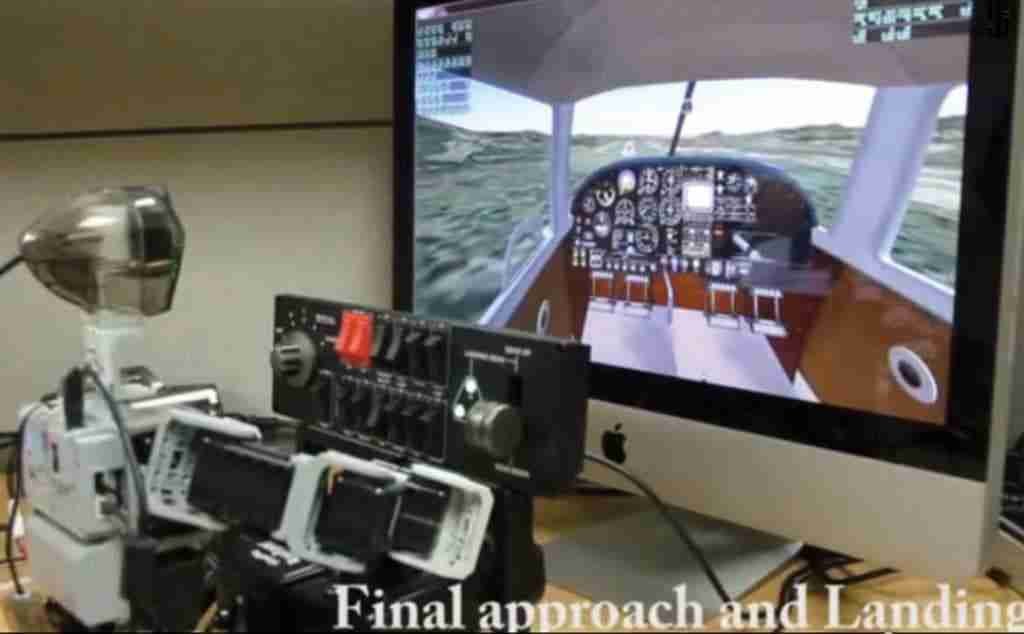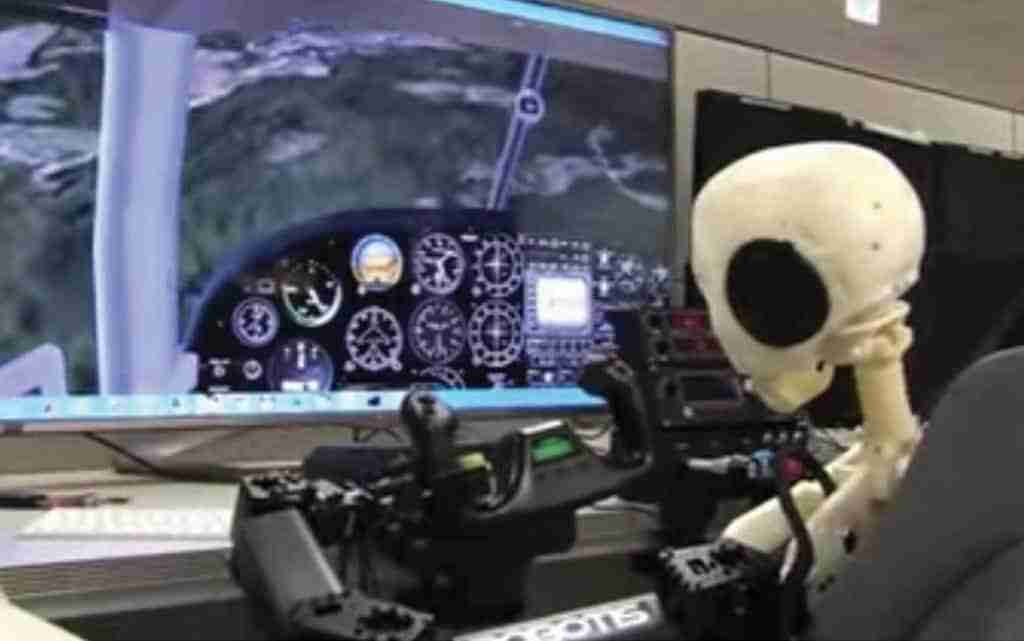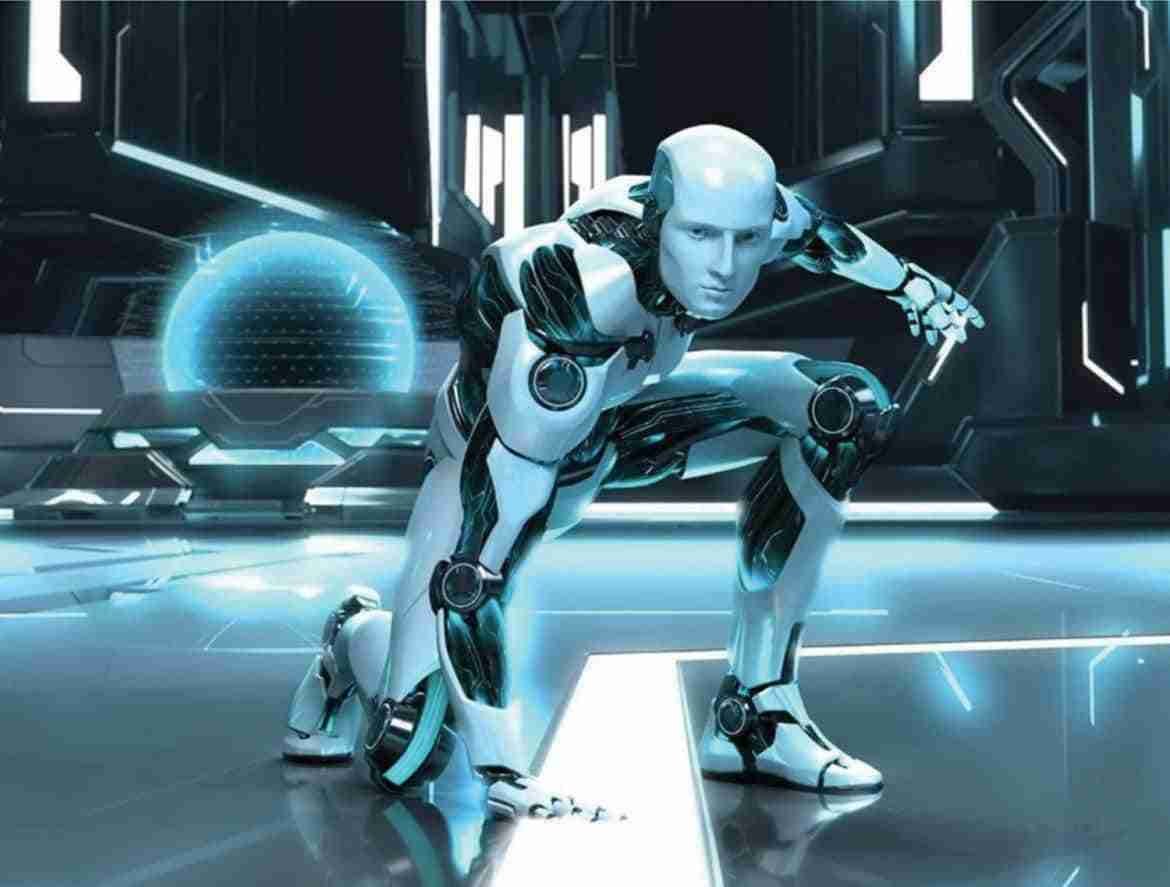Advancement in the field of evolutionary neural networks has opened up a realm of new possibilities that were thought to be beyond the reach of any machine-based intelligence systems. Project Valkerie & Project Fedor initiated by the U.S. and Russia are testimony to the fact that it is within the reasonable limits of present-day technological means to operate a fighter aircraft manned by a humanoid robot. Project ATLAS of the Boston Dynamics and Honda Asimo are humanoids which establish these facts.
Project Deep Mind of Google and Watson of IBM have demonstrated their AI capability and excelled at cognitive games like Chess and GO. The AI generative design tools like Dream Catcher, design systems which human minds cannot even perceive and these designs have a striking resemblance to naturally evolved frameworks.
It is therefore clear that Cognitive AI has not only been invented but is here to stay and dictate the domain of Intelligence in the foreseeable future. The unique aspect of truly procured and therefore Intelligent weapon platforms compulsorily mandates indigenous development. The role of airpower in modern combat is well known and “next-generation air & space dominance” capabilities shall potentially render air platforms of the previous generations obsolete.
These platforms of the sixth generation and beyond are going to be unmanned, which shall introduce a new dimension of “Combat at zero human loss” for the attacking force.
The nation, therefore, has two challenges in front of it. The first is to ensure a simultaneous sixth-generation aircraft program along with the ongoing fifth generation AMCA program and the second is to find a way to keep the aircraft inventory of 4.5 generation and below, combat relevant till the end of life of these aircrafts to face such Intelligence enabled platforms of our principal adversary. This article attempts to create a viable solution to ensure the combat relevance of the older generation of aircraft for the next two decades by upgrading the combat potential of these sub 4.5 generation aircrafts.
Without modification to the platform, an autonomous humanoid pilot in its cockpit shall be able to leverage the full spectrum of operational capability of the aircraft stretching it to extreme limits beyond the capacity of human beings in an AI dominated air combat scenario.
The basic requirement to develop such a versatile humanoid robot is to develop a functional synthetic brain which shall control & process all its sensors and the system actuators. Such a capable synthetic brain cannot be developed with conventional ML & DL (Machine Learning and Deep Learning) frameworks and requires a radically new approach like Neural Evolution.
The method highlighted in this paper to achieve such an evolutionary neural network for a functional synthetic brain shall incorporate aspects of the digital nervous system and Intuitive AI. The evolutionary neural network mimics the fundamental laws of nature akin to the human neural evolution and forms a complex network of neural nodes by replicating a simple and fundamental neural seed. It’s a self-contained and self-evolved neural structure which controls and operates every part of the humanoid robot.
Digital organism
Digital Organism is a self-replicating computer program that mutates and evolves. At the fundamental level all living beings are composed of complex repetitions of simple structure. The higher the complexity the more the ability and intellect. It is this feature of natures evolution that forms the fundamentals to evolve an indigenised synthetic intelligence system.
The fundamental driver towards achieving a self-contained robotic framework to operate a complex platform like aircraft lies in its ability to process information across multiple domain frameworks and arrive at correct decisions consistently over a given period of time.
These individual framework needs to be matured with a set of incremental challenges, for achieving the overall objectives of a humanoid Robot to operate with far higher efficiency than a conventional skilled human being. The modular nature of the Humanoid equipped with a general AI synthetic brain could potentially outsmart an AI-enabled unmanned Sixth Generation aircraft as its intelligence would be electronically customised only to the aviation domain.

Most of the traditional AI techniques using deep learning algorithm are not evolutionary in nature and are human-designed narrow frameworks with a focus on specific domains and hence called as narrow AI. This approach will never be able to solve the problems in a general AI domain as every problem area would need a customised solution framework and a large-scale system integration of all these frameworks. This could potentially require a massive compute hardware, making the concept of a self-contained entity unviable.
There is an alternate method to achieve a general-purpose neural network framework by organically evolving a neural node into a neural network akin to nature’s way of organically evolving a biological brain. A fully-grown human brain of a healthy adult is fixed at a certain physical capability for processing information.
Similarly, if hardware with a fixed compute is seeded with a virtual node and allowed to replicate to a certain threshold to process a set of input data supervised by a reliable legacy framework, the system shall endlessly mutate into a state of stability after several iterations.
The Humanoids can be trained in a conventional classroom like that of human beings wherein the system shall read, hear and understand the complete system that it is expected to operationalise.
The evolved system after mutations across multiple generations shall become fit to reliably solve a given set of problems in that domain. If such supervised iterations are allowed to freely mutate each time the synthetic neural network makes a wrong decision, it shall evolve into an unpredictable structure.
Such growth is therefore governed by a set of rules beyond which the mutation is restricted. Such a supervised evolutionary process shall ultimately lead to a structure of the neural network of the desired physical parameters with an ability to process information in multiple domains at the same time. The key to initiating the whole process is to create the Digital Seed which is fundamental to the process of evolution. The Seed Node shall evolve into what is called a “Digital Organism”.
Potential applications of humanoids
Once the seed node starts mutating and stabilises to a neural structure, the synthetic brain can be trained for problem-solving in multiple domains by cloning the structure into multiple instances. The evolved brain can then be mated with a wide range of audio, visual, & proximity sensors and actuators to function as humanoids in multiple domains.

The Humanoids can be trained in a conventional classroom like that of human beings wherein the system shall read, hear and understand the complete system that it is expected to operationalise. Once the system starts comprehending the syllabus at hand, it can be tested on each module for performance benchmarking. Such incremental training shall evolve the synthetic brain to exhibit superior operational capabilities, making it ready for real-world scenarios.
An autonomous humanoid pilot in its cockpit shall be able to leverage the full spectrum of operational capability of the aircraft stretching it to extreme limits beyond the capacity of human beings in an AI dominated air combat scenario.
The Situational Awareness of such a humanoid shall be unmatched as the system shall be technically competent to model and simulate the consequence of every action it takes during operations in real-time. These synthetic brains can also be harvested in the lab environment to assist in advanced research, modelling design and development of complex system etc and would act as an Augmented AI assistant.
The system has the capability to accelerate research in multiple domains simultaneously and fasten invention & innovation. Such a possibility can gainfully utilise the demographic dividend this country possesses and catapult the economy to a league of its own.
Since the system is homegrown, it shall be free of any potential information security threats of any kind and secure the future of the nations information and knowledge ecosystem. This system can bring about revolutionary changes to the social sectors like education, health, climate change, disaster management, resource conservation, and poverty alleviation.
Requirements
A dedicated classified program has to be initiated at the national level to begin R&D on the proposed concept. The details of the infrastructural requirement, the Organisational setup and the human resources requirements can be deliberated once the importance and need for such a project are realised and agreed to.
The time frame for development of a workable seed model is predicted between 24-36 months once the project pre-requisites are met. The system is expected to stabilise into a functional synthetic brain by the tenth to the fifteenth generation. The prototype of a full-fledged humanoid robot can be designed and developed within a timeframe of approximately five years from the project inception.


